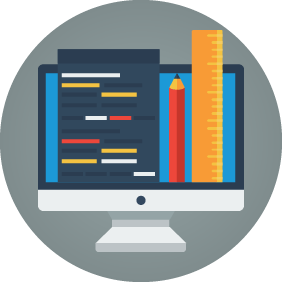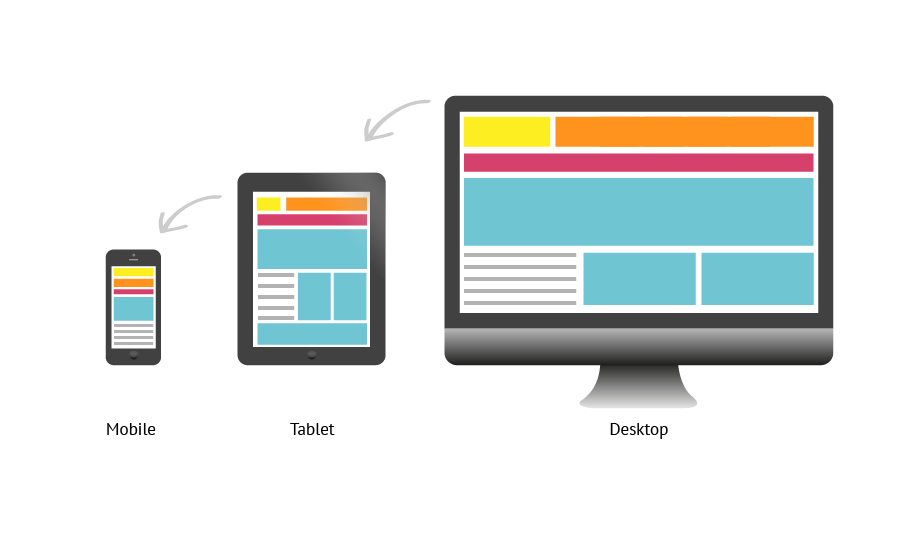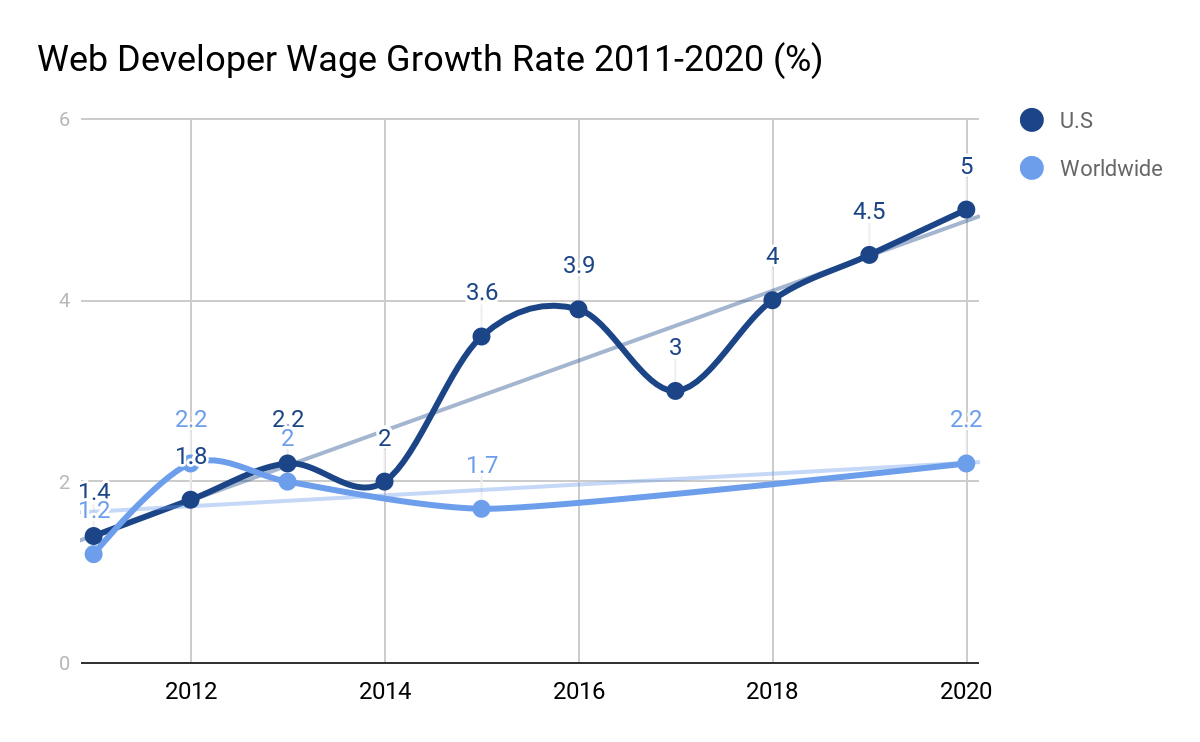
Websites that have a clear and concise global navigation system will be much easier to use. By allowing users to easily navigate around the site, they can find the information they need without having to sift through the many pages of content.
It is important to understand how navigation works before designing it. Navigation is often embedded in other design elements like layout, content, and page layout. The navigational scheme that is chosen for one page might not work for another. This is why designers must choose the appropriate navigational elements for each type.
Global navigation is one the most widely used navigation systems for websites. It is a design element which provides the user with the most up-to-date and accurate information about the site. Global navigation can take the form a menu tab, module, or navigation tab. It is generally located at the top or center of the page. However it can be placed in various places throughout the site's user experience.

Global navigation has two main benefits. It allows users jump to any level of the site's hierarchy. This includes the top pages. Second, it allows users to navigate to other areas of the site without having to resort to a back to the beginning page.
Global navigation is an excellent way to present the agency’s services. It can give insight into the agency's vision and mission. But, users can be turned off by a poorly designed and buried top-level menu navigation bar. It is an important element of any website's design and must be properly implemented. Having a well-laid out top-level navigation bar can be a major driver of conversions and a great user experience.
The top-level navigation bar also serves as the site's central nervous system. A well-designed top-level navigation bar will provide instant redirection to any page on the site. It should have clear category labels. Often, the top-level navigation bar will contain a link back to the homepage.
A few additional features may be included in the top-level navigation bar. A built-in compass may be included in a top level navigation bar. The compass may be used to help users navigate around the site or to help them find other places to visit. It may also be used to help users identify which areas of the site are most relevant to them. A top-level navigation bar can be more important or less depending on the site.

The most obvious way to implement a top-level navigation bar is to make it visible on all pages of the site. A top-level menu bar can also contain search bars and dropdowns. It should be easy to find. You can achieve this by using both a well-designed navigation menu as well as navigation analytics like Google Analytics.
FAQ
What types of websites should you make?
It all depends on what your goals are. It may be best to sell online your products to build a company around your website. This can only be achieved by building a solid eCommerce website.
Other popular types of websites include blogs, portfolios, and forums. Each one requires different skills and tools. For instance, if you want to set up a blog, you will need to learn about blogging platforms such as WordPress or Blogger.
You must decide how to personalize your site's appearance when choosing a platform. There are many templates and themes that are free for each platform.
Once you have selected a platform you can add content to your website. You can add images, videos, text, links, and other media to your pages.
Your new website is ready to be published online. Visitors can view your site online once it has been published.
What is a "static website"?
A static website is a site where all content are stored on a server, and visitors can access it via web browsers.
The term "static", as it is sometimes called, refers not to dynamic features such changing images, videos, animations, etc.
This type of site was originally developed for use in corporate intranets but has since been adopted by individuals and small businesses who want simple websites without the complexity of custom programming.
Because they are less maintenance-intensive, static sites have gained popularity. It's easier to update and maintain static sites than a website that has many components (such blogs).
They also load more quickly than dynamic counterparts. This makes them perfect for users who are using mobile devices or have slow Internet access.
Additionally, static websites are safer than dynamic sites. Static websites are much harder to hack than dynamic ones. Hackers have limited access to data within a database.
There are two main methods to create static websites:
-
Using a Content Management System (CMS)
-
Creating a Static HTML Website
It depends on what your needs are. If you're new to creating websites, I recommend using a CMS.
Why? Because it gives you complete control over your website. A CMS eliminates the need for a professional to set up your site. Upload files to the website server.
You can still learn how to code and create a static website. But you'll need to invest some time learning how to program.
Can I use a template or framework on my website?
Yes! Yes! Many people use pre-built frameworks or templates when creating websites. These templates provide all the code necessary to display information on your site.
These templates are the most in-demand:
WordPress - One of the most used CMSes
Joomla - Another popular open source CMS
Drupal - A large-scale enterprise solution that large businesses use
Expression Engine is a Yahoo CMS that allows you to create custom CMS sites.
There are hundreds of templates available for every platform. It should not be difficult to find the right one.
How Much Does it Cost to Create an Ecommerce Website?
This depends on your platform and whether you hire a freelancer or go through a service provider. Most eCommerce sites start at around $1,000.
Once you've chosen a platform you can expect to pay $500-$10,000.
The average cost of a template will not exceed $5,000. This includes any customizations that you might need to suit your brand.
Can a strong portfolio make me more likely to get hired as web developer?
Yes. You must have a portfolio to be considered for a job in web development or design. Portfolios should showcase examples of your skillsets and experience.
A portfolio usually consists of samples of your past projects. These could be any project that showcases your talents. Include everything: mockups; wireframes; logos; brochures; websites and apps.
What is the best platform for creating a website design?
WordPress is the best platform for creating websites. It provides all the features you need to create a professional-looking site.
Themes can be easily customized and installed. You have thousands of options for free themes.
Plugins allow you to add functionality, such as adding social media buttons or creating contact pages.
WordPress is extremely user-friendly. You don't even need to know HTML code in order to modify your theme files. Click on an icon to select the theme you wish to change.
While there are many options for platforms, WordPress is my favourite. It has been around forever and is still widely used by millions.
Can I create my own website with HTML & CSS?
Yes, you can! It is possible with basic knowledge of web design, programming languages like HTML (Hyper Text Markup Language), CSS (Cascading style Sheets), and HTML (Hyper Text Markup Language). These languages can be used to create websites which can then be viewed by everyone who has an internet connection.
Statistics
- The average website user will read about 20% of the text on any given page, so it's crucial to entice them with an appropriate vibe. (websitebuilderexpert.com)
- When choosing your website color scheme, a general rule is to limit yourself to three shades: one primary color (60% of the mix), one secondary color (30%), and one accent color (10%). (wix.com)
- At this point, it's important to note that just because a web trend is current, it doesn't mean it's necessarily right for you.48% of people cite design as the most important factor of a website, (websitebuilderexpert.com)
- Is your web design optimized for mobile? Over 50% of internet users browse websites using a mobile device. (wix.com)
- It's estimated that chatbots could reduce this by 30%. Gone are the days when chatbots were mere gimmicks – now, they're becoming ever more essential to customer-facing services. (websitebuilderexpert.com)
External Links
How To
How to use WordPress for Web Design
WordPress is a free software tool that allows you to create websites or blogs. You will find many features such as easy installation and powerful theme options. This website builder lets you customize your site to suit your preferences. There are hundreds of themes and plugins available that will help you create any website. If you would like, you can even add your own domain name. These tools allow you to easily manage the appearance and functionality of your website.
WordPress allows you to create beautiful websites even if you don't know how to code HTML. You don't need to know any programming skills to create a professional-looking website. We'll walk you through how to install WordPress on your PC and show you the basics of getting your blog online. Everything will be explained so that you can follow the steps at home.
WordPress.com is the most widely used Content Management System (CMS) and currently has 25 million users around the world. You have two options for WordPress: you can either purchase a license for $29 per monthly or download the source code to host it free of charge.
WordPress is an excellent blogging platform for many reasons. It is easy to use and anyone can write HTML, so you can make a beautiful site. Another benefit is its flexibility. WordPress.org has many free themes that allow you to change the look of your website without paying a dime. Finally, it's highly customizable. Developers offer premium add-ons which allow you to update posts automatically when someone comments or integrate social media sharing within your site.